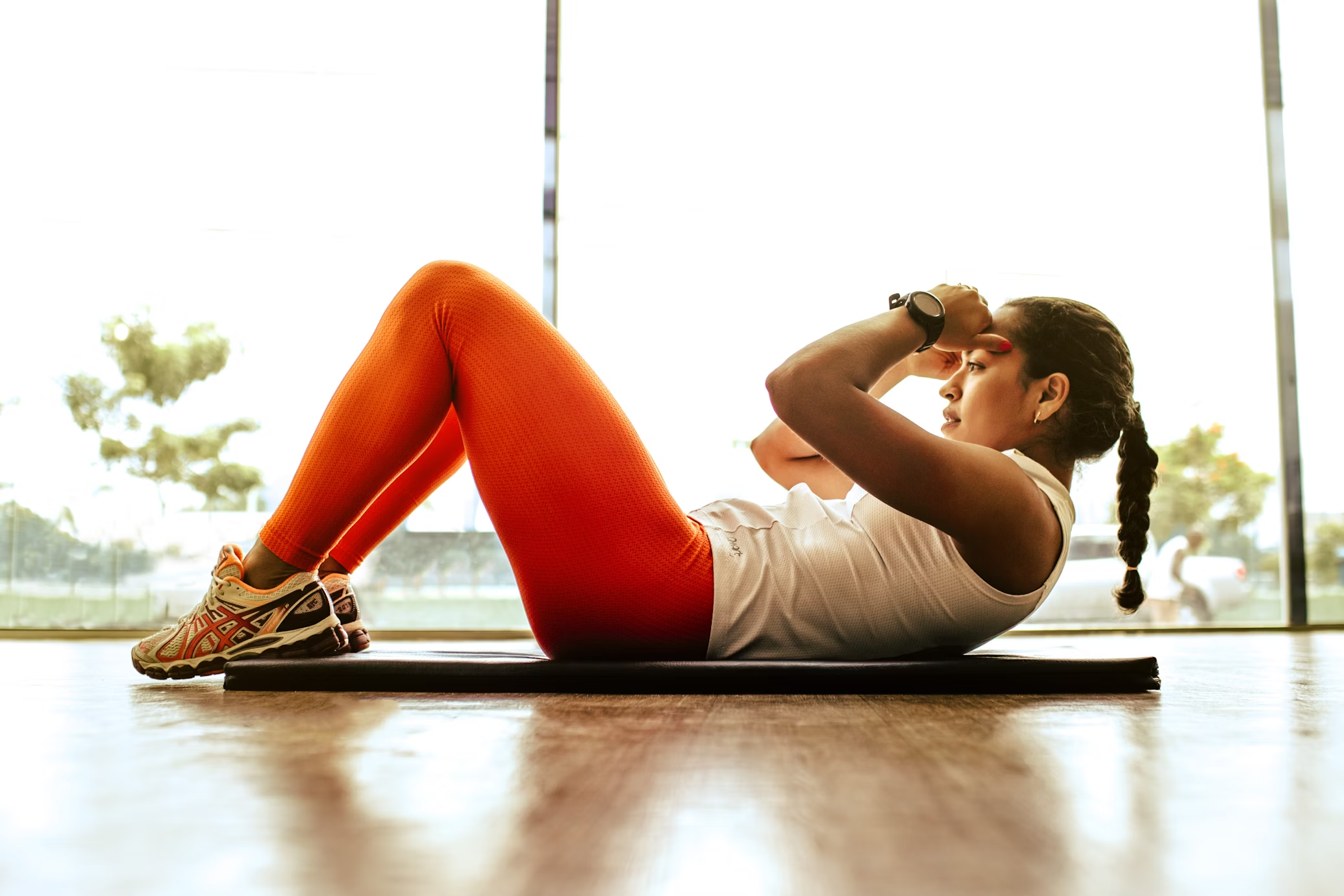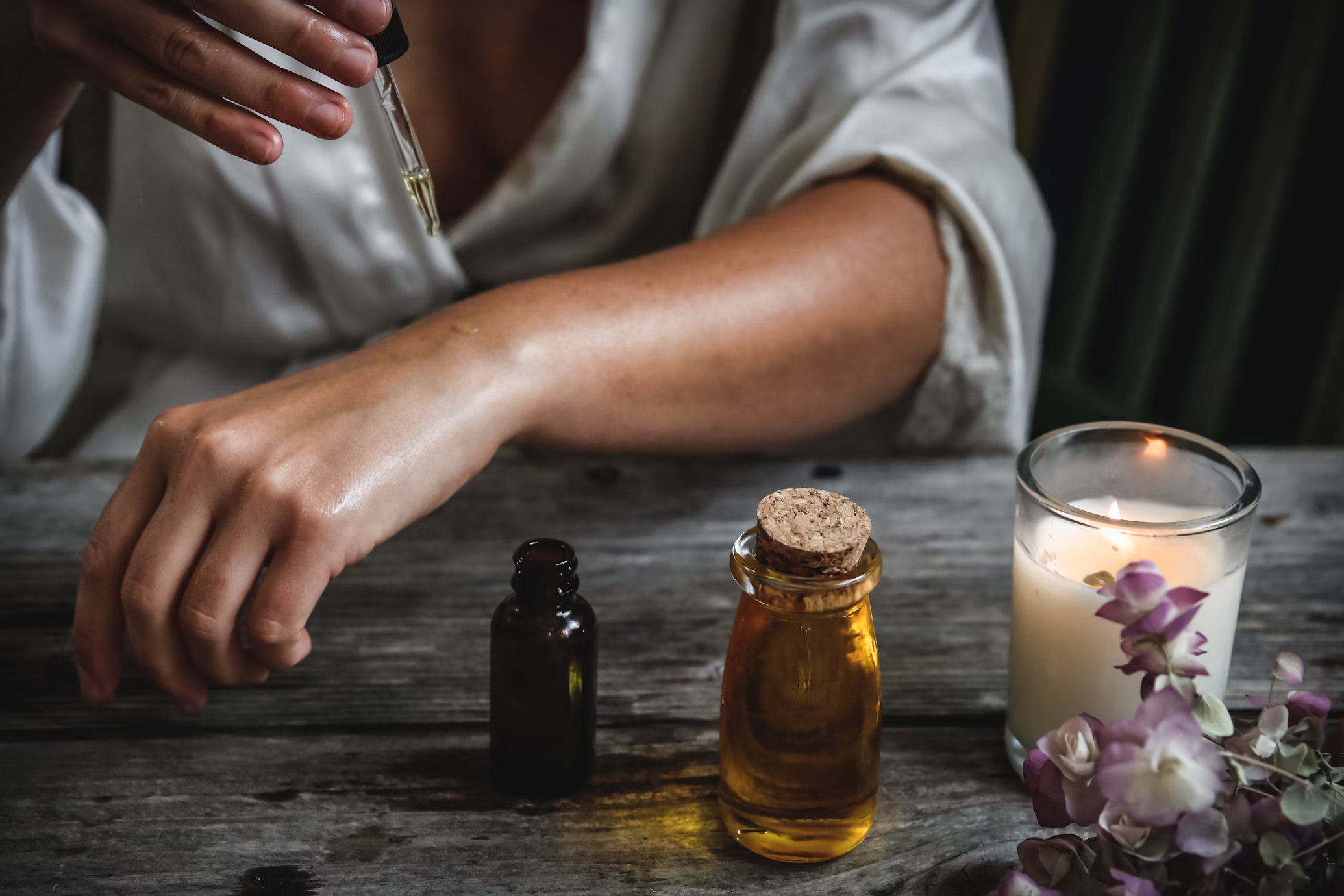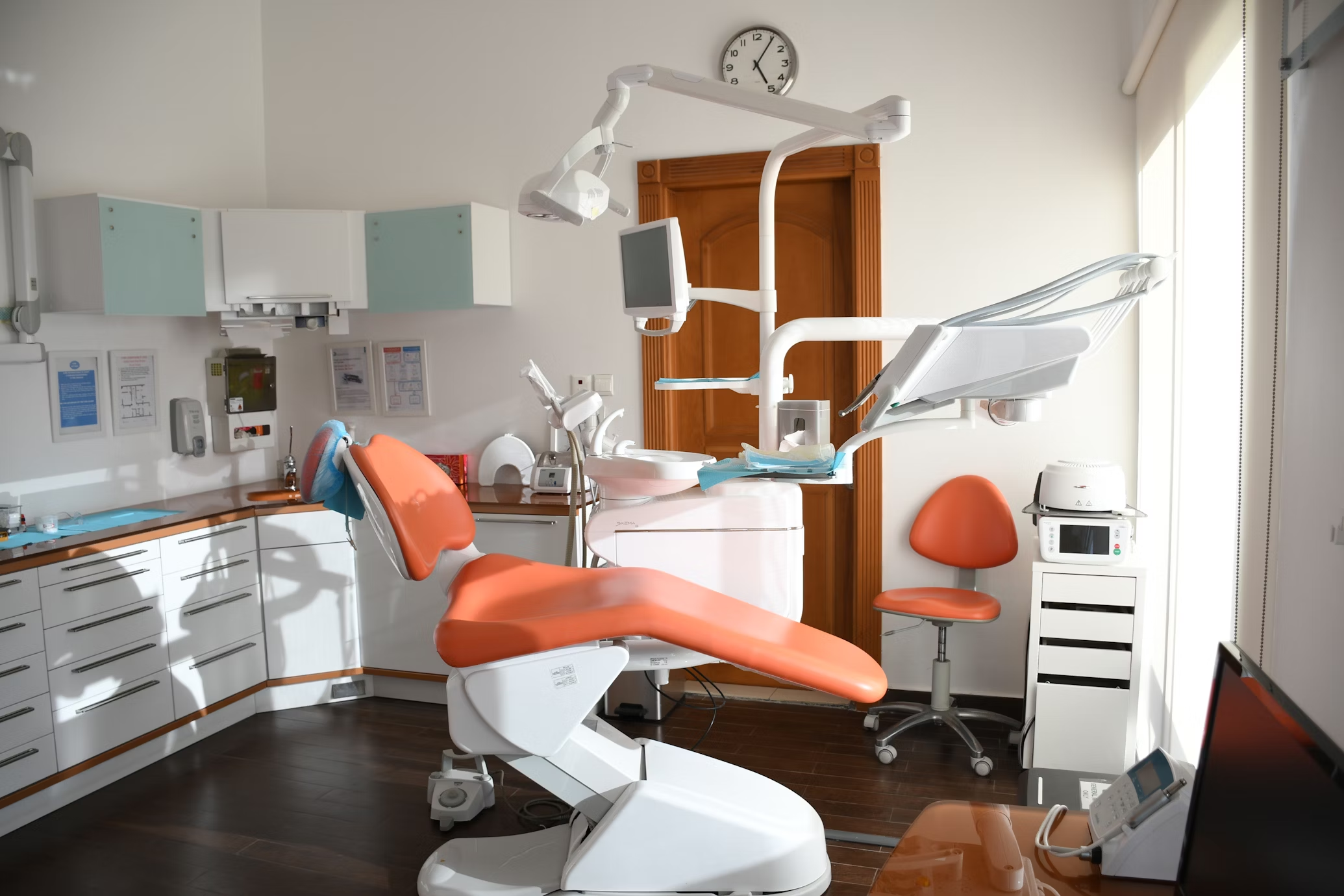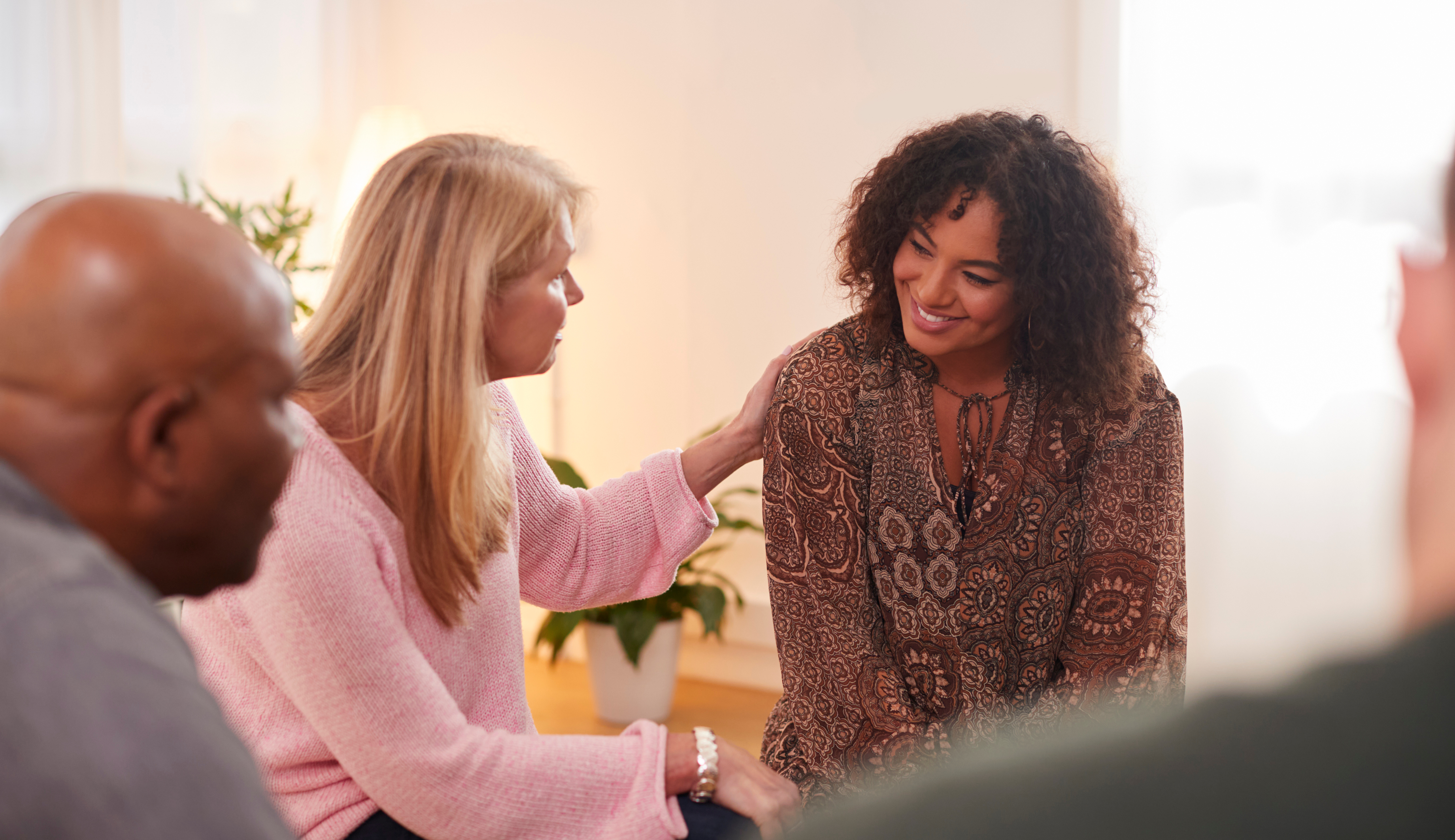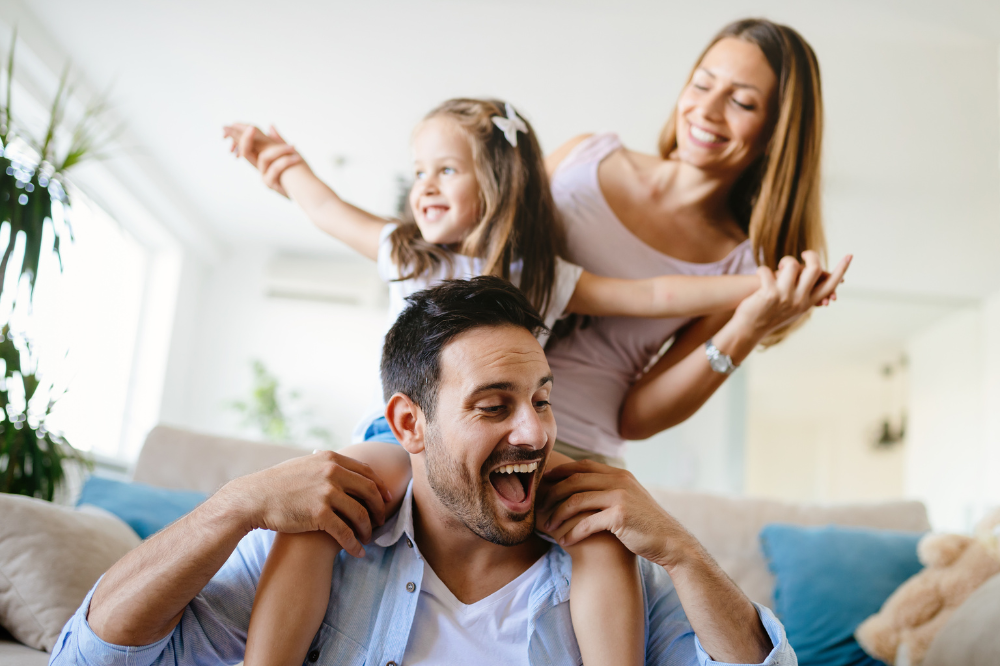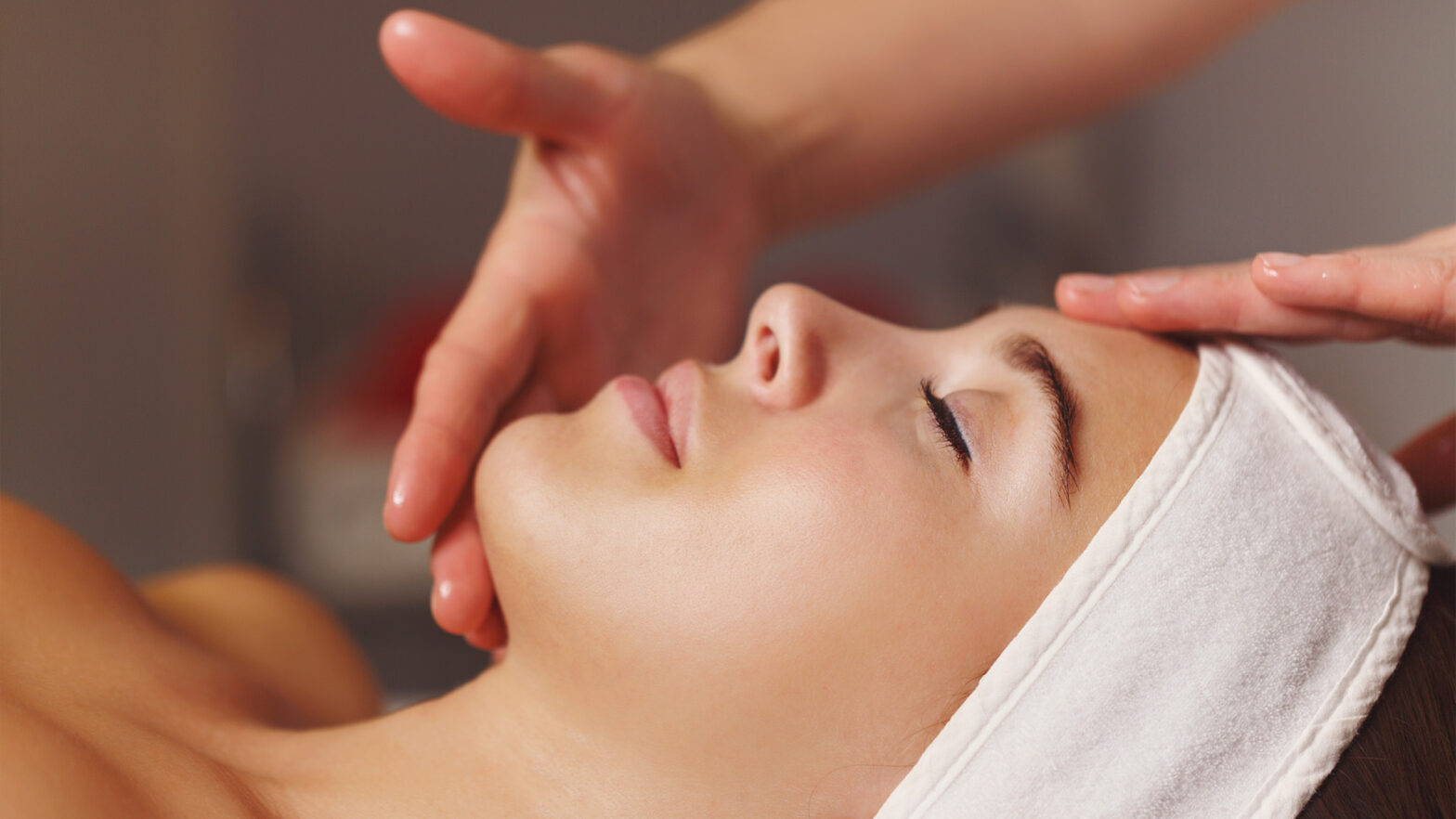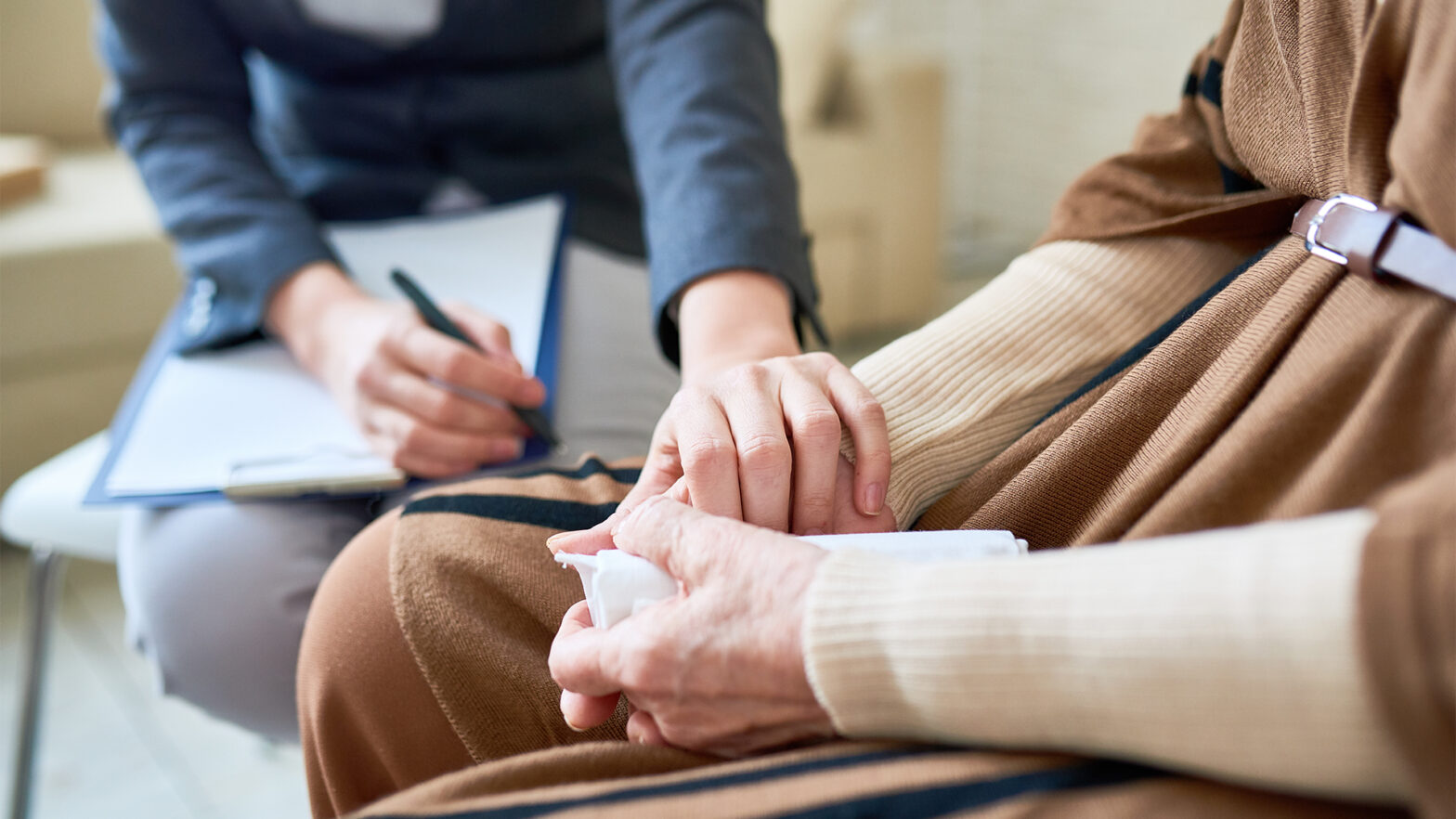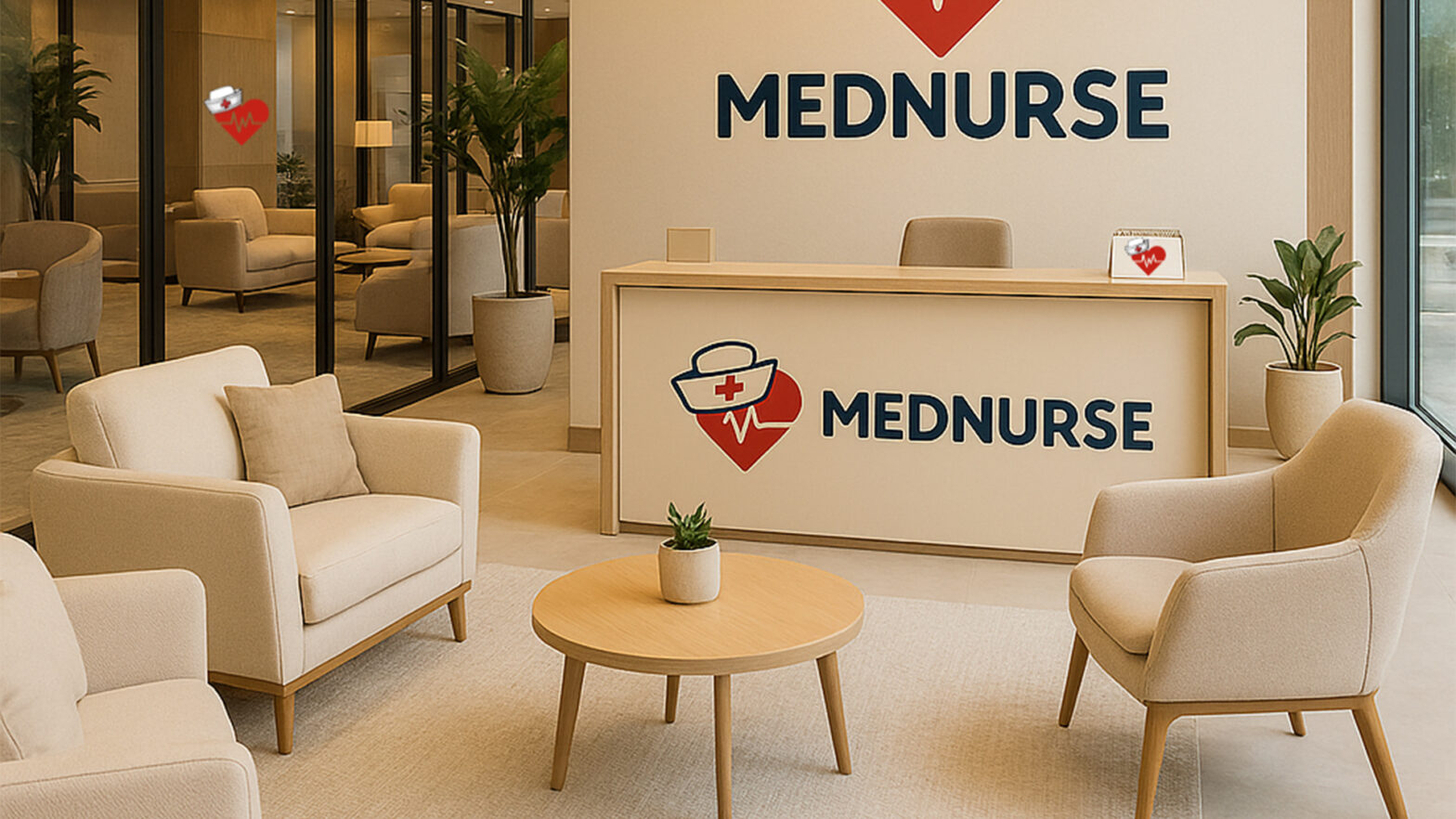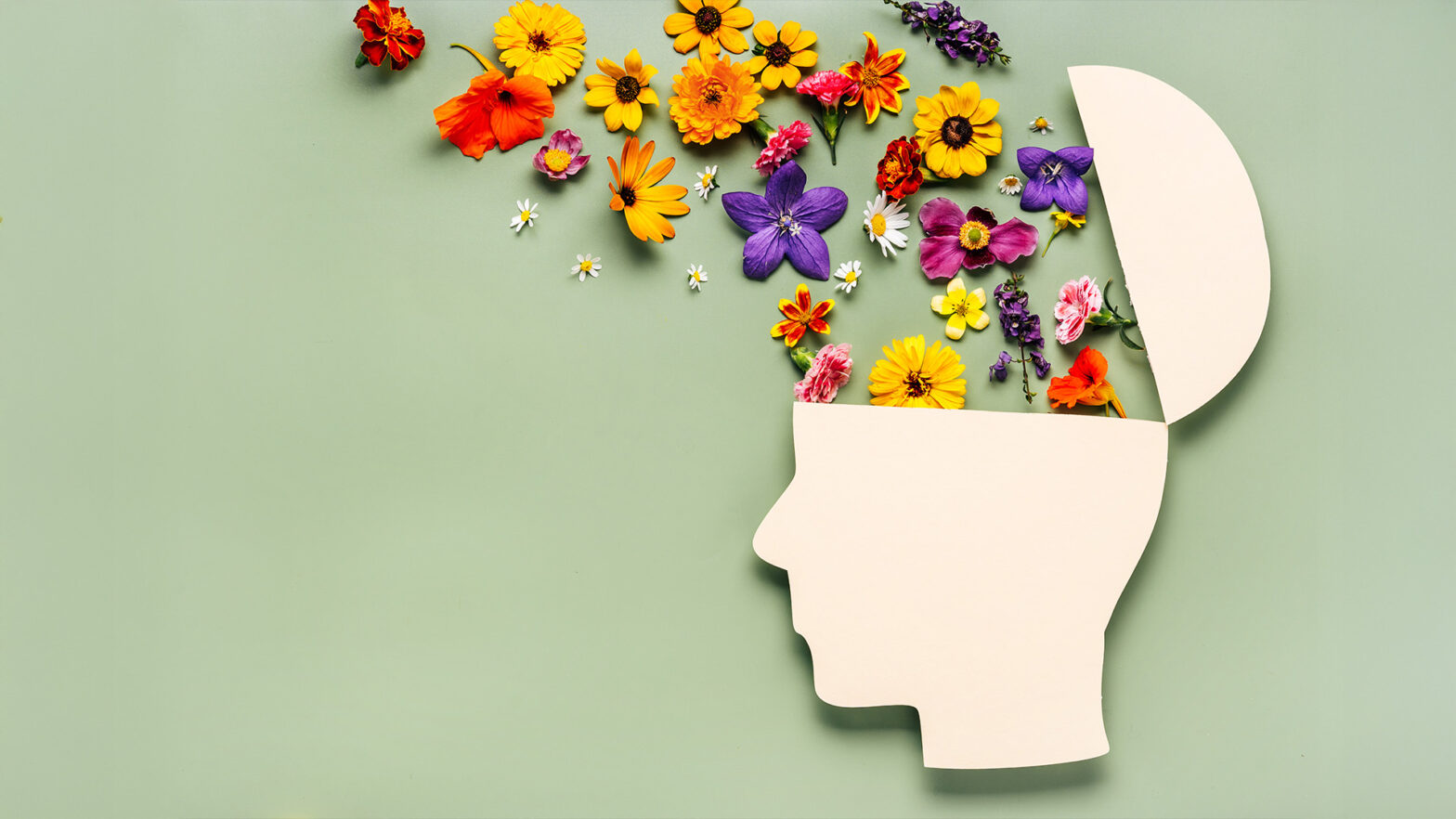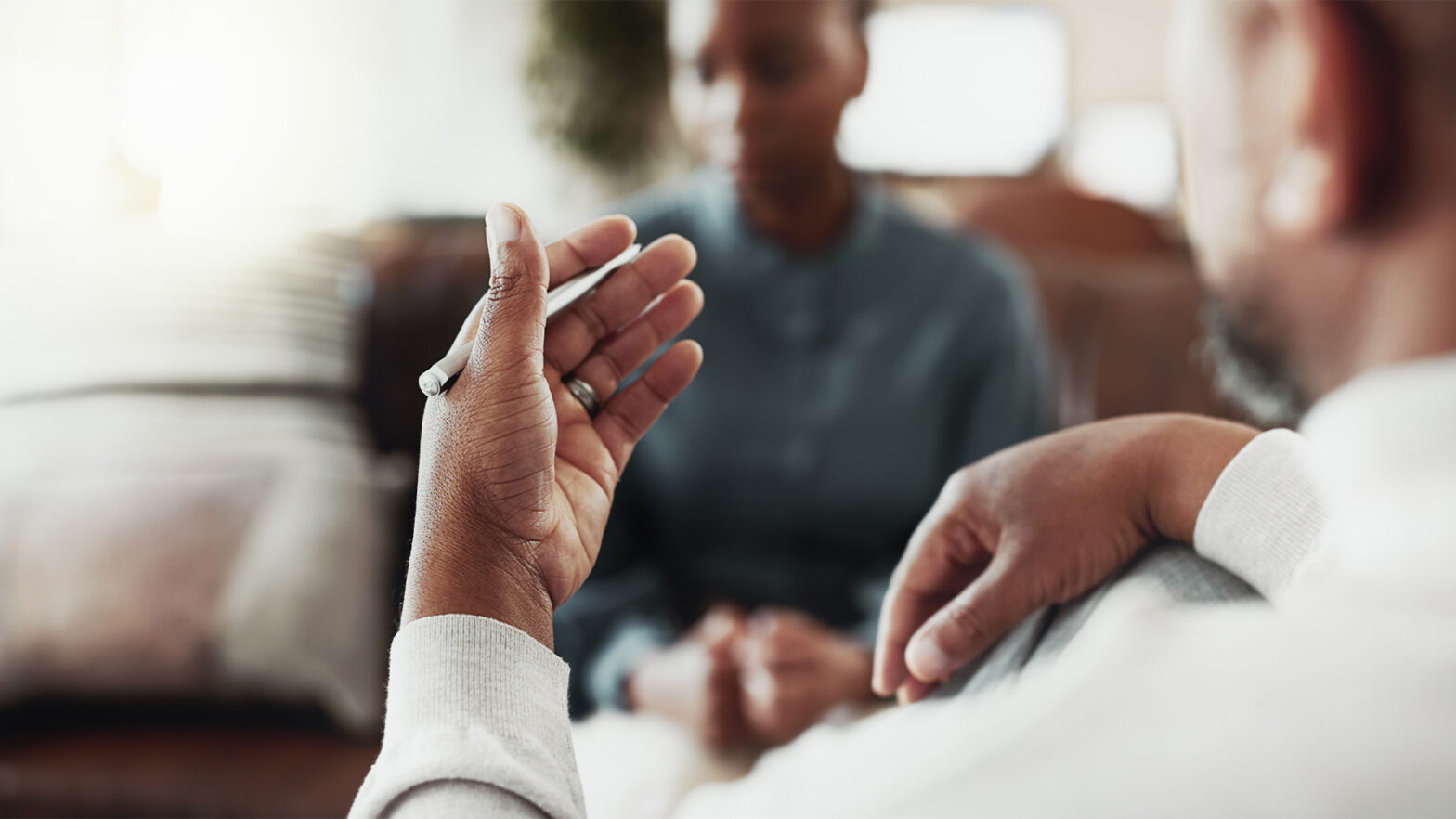As our loved ones get older, everyday tasks that once seemed simple can become more difficult or even dangerous. Whether it’s a parent, grandparent or family friend, helping them stay safe and comfortable at home is one of the most important things we can do.
Thankfully, with a few thoughtful changes, it’s possible to make their living space much safer without making it feel clinical or unfamiliar.
Keep reading this helpful blog to learn more!
#1 Understand Their Needs
Every elderly person is different. Some may still be very mobile, while others might need more support with walking or getting up and down stairs. Start by having a conversation about how they feel in their home. Ask them what tasks are becoming harder or if there are areas where they feel nervous or unsure.
If possible, speak to their GP or an occupational therapist for professional advice. They may recommend specific equipment or adaptations that can help.
#2 Improve Lighting Around the Home
Good lighting is one of the simplest and most effective ways to prevent falls. As people age, their vision often becomes weaker, and poor lighting can make it difficult to spot hazards.
Make sure there is plenty of light in all rooms, especially in hallways, staircases and bathrooms. Use brighter bulbs and add lamps where needed. Consider motion-sensor lights for places like the bathroom at night so your loved one isn’t fumbling for a switch in the dark.
#3 Remove Trip Hazards
Falls are one of the biggest risks for older adults, and many are caused by items around the home. Take a walk through each room and look out for anything that might cause someone to trip or lose their balance.
Common hazards include loose rugs, trailing wires, cluttered floors, and uneven flooring. Either remove these completely or secure them properly. You can tape down rugs or replace them with non-slip versions, and tidy away cables using clips or trunking.
#4 Add Grab Rails and Handrails
For elderly people who are unsteady on their feet, having something to hold on to can make a huge difference. Install grab rails in key areas such as beside the toilet, in the shower and near any steps. These give your loved one extra support when they need to sit, stand or move around.
Make sure handrails on stairs are secure and run the full length of the staircase. You may also want to add a second rail on the opposite side for added stability.
#5 Make Bathrooms Safer
Bathrooms can be particularly dangerous due to slippery surfaces. To make them safer, use non-slip mats both inside and outside the bath or shower. You can also fit a bath or shower seat to reduce the need to stand for long periods.
Thermostatic mixer taps or anti-scald devices are a great idea too, as they help regulate water temperature and prevent accidental burns.
#6 Consider a Stairlift
If your loved one struggles with stairs, installing a stairlift could be a life-changing solution. It allows them to move between floors easily and safely, without the risk of falling. A stairlift also helps elderly people maintain their independence, which is vital for confidence and quality of life.
If stairs are becoming a problem, it’s worth speaking to a trusted UK stairlift provider to explore the options and learn whether a straight or curved model may be helpful for you.
#7 Keep Essentials Within Easy Reach
Bending down or reaching up can be difficult for elderly people and can sometimes lead to injury. Rearrange cupboards and shelves so that everyday items are within easy reach. This is especially important in the kitchen, where people might be tempted to climb on a chair to reach something from a high shelf.
Encourage your loved one to use a reaching aid or grabber if they do need to pick something up from the floor or a low cupboard.
#8 Check Smoke Alarms and Carbon Monoxide Detectors
Fire safety is another important aspect of creating a secure home. Check that all smoke alarms and carbon monoxide detectors are working properly, and install extras if needed. Ideally, alarms should be fitted in every bedroom, hallway, and near the kitchen.
Some models come with extra-loud alarms or flashing lights for people with hearing difficulties. You can also get alarms that connect to a telecare system, alerting carers or emergency services if there’s a problem.
#9 Encourage Good Footwear
Slippers might be comfy, but they’re not always the safest choice. Encourage your loved one to wear shoes or slippers with a good grip and firm support around the heel. Avoid loose, worn-out footwear that could easily slip off or cause them to trip.
#10 Make Time for Regular Check-Ins
No matter how many adjustments you make to the home, nothing replaces regular contact. Make time to visit or call often. This allows you to spot new issues early and helps your loved one feel supported and less isolated.
If you can’t be there all the time, consider using a care agency or community support service to check in regularly.
Keep Your Elderly Loved Ones Comfortable At Home
Making a home safer for an elderly loved one doesn’t have to mean turning it upside down. Many of the changes mentioned above are quick, affordable and can be done gradually. The goal is to create an environment that supports independence while reducing the risk of accidents.
Make sure you take the time to understand the needs of your elderly loved ones and make practical changes. By doing so, you can help your loved one stay safe, comfortable and happy in their own home for as long as possible.




